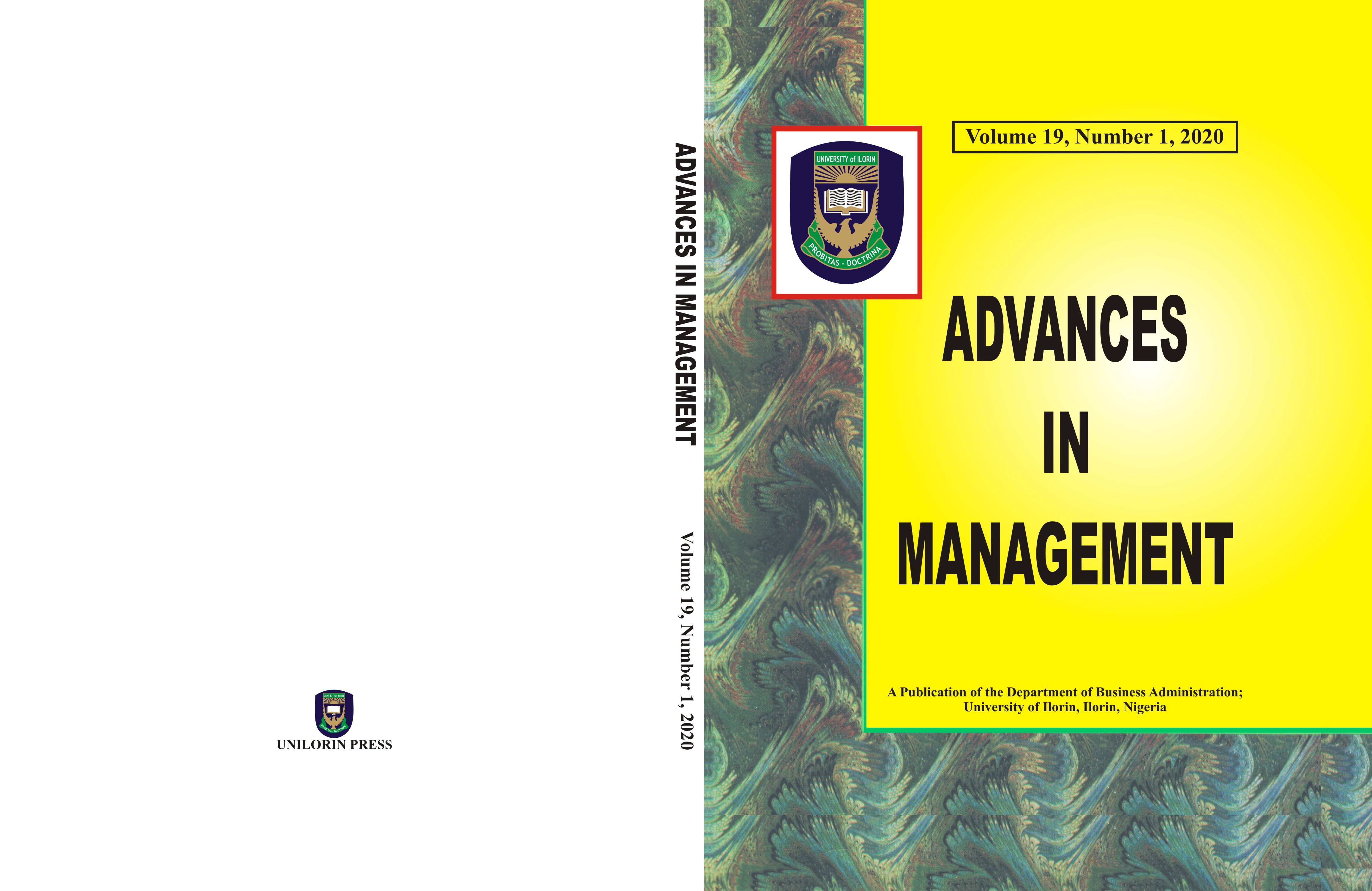MODELS AND COMPUTATIONS OF ACCUMULATED FUNDS OF DEFINED CONTRIBUTION
Abstract
Before June 2004, employees could rely on their employers to provide them with an adequate, secure and lasting retirement income. Following the adoption of Defined Contribution (DC), the “traditional” Defined Benefit (DB) plan which generally provides employees with a guaranteed retirement income benefit based on salary and years of service was replaced with DC. With DC in place, employees become directly responsible for making sure that they contribute sufficient funds to maintain the lifestyles they are currently enjoying. Hence, the study covers the university employees in southwest Nigeria. A purposive random sampling was used to select 784 university employees in Private, State and Federal Universities. To determine employees’ accumulated funds, employees were requested to give estimates of their monthly contributions and numbers of years have been remitted to Retirement Saving Accounts (RSAs). Where no estimate is given, Consolidated University Academic Salary Structure (CONUASS) was used in proxy for employees’ and employers’ monthly contributions to RSAs. The monthly contributions were accumulated for individual employees by developing models based on the conditions stipulated in Pension Reform Act 2004 (amended 2014) on how pension contributions are to be made. The result shows total contributions an employee needs to make during active years of service. Because there is possibility for monthly income to reduce at payout phase of retirement, the attention of employees who wish to use their accumulated funds to purchase phased withdrawal are drawn to what they need to know before handing over their pension funds to their respective Pension Fund Administrators.

